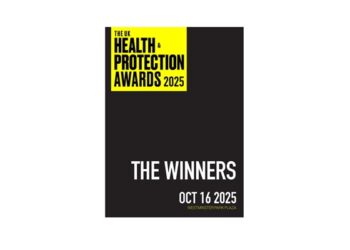Critical illness is great product but in its current state it does not always fit the needs of the modern world, according to Andy Philo, director of strategic partners at Vitality.
Participating in a panel debate at Health & Protection’s first Protection Forum, Philo (pictured centre) told delegates the firm had seen a slight increase in standalone critical illness sales but added a worrying trend was that customers were increasingly going online to search for the product.
Not always relevant to the modern world
However, Philo added a further concern is he did not think CI was always relevant for the world of today.
“I think that critical illness is a great product,” Philo told delegates.
“I’ve bought it in the past. I’ve had it in the past. But I don’t think it’s as relevant for the modern world as it could be.
“And I guess you would expect me to say that, but with the trends in modern illnesses and early diagnosis and screenings, with a lot of critical illness policies it is very much an all or nothing payout,” he continued.
“And you have to wait until the end of that condition or it deteriorates to such a point where that’s where you get the payout and that just doesn’t seem right for me.”
Period of change
Fellow panellist Nathan Hill, head of life and health client markets UK and Ireland at Swiss Re (pictured left), said he thought CI appeared to be undergoing a period of change.
“From where I sit, I can’t understand whether that’s by accident or design,” Hill said.
“What I mean by that is we’re seeing a reduction in the volume of accelerated critical illness being sold in the market and at the same time, an increase in standalone CI products.
“At Swiss Re, our hypothesis is that’s a consequence of menu based propositions from providers that can mimic that.”
Though Hill added the reinsurer had been debating whether or not the cause of this is a consequence of the cost of living crisis.
“What we’re seeing is people buying smaller standalone CI top-ups on top of a pure life-only product,” he continued.
“So all that means to me is there is less critical illness coverage out there being sold in the market and that feels like a bit of a concern.”






